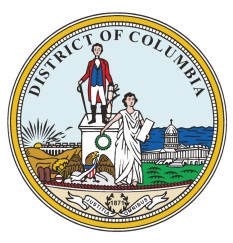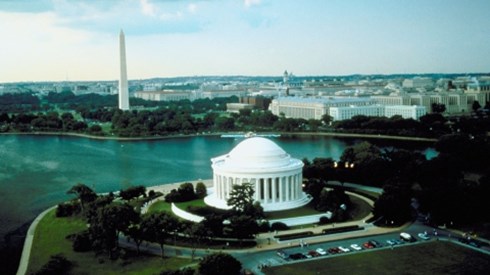Washington, DC, is not only the US capital; it also is one of the oldest and largest captive insurance company domiciles in the United States.
District of Columbia lawmakers passed the captive statute back in 2000 and since then the domicile has grown significantly. In 2024, 206 captives were licensed in the District of Columbia, up from 192 in 2023 and 175 in 2021. DC's captive count includes inactive and cell captives.
Captive sponsors and others say there are several reasons, including a top regulatory staff, for why they selected the District of Columbia.
"There is a dedicated group of regulators, with outstanding experience," said Jim Caldwell, CEO in Libertyville, Illinois of Caring Communities a Reciprocal Risk Retention Group, which was licensed in the District of Columbia in 2005 and provides coverages to several dozen not-for-profit senior retirement communities.
"They are very willing to discuss issues and work out solutions," said Michael Coulter, deputy managing director in the Charleston, South Carolina, office of Aon Captive and Insurance Management.
"The regulators are great to deal with. They are very up front about their positions," noted Jon Harkavy, of counsel for captive and risk retention group manager Risk Services L.L.C. in Washington, DC.
Captive sponsors agree with that assessment. Regulators are "very responsive, easy to work with, knowledgeable, and very communicative," said Courtney W. Claflin, executive director of captive programs at the University of California-Office of the President in Oakland. The University of California has several captives in the District of Columbia.
In addition, the regulators "have a great relationship with our captive manager," Mr. Claflin said.
The District of Columbia's top captive officials agree that the domicile's regulatory staff is tops. "Our staff is unsurpassed in terms of knowledge and expertise," said Karima M. Woods, commissioner of the District of Columbia Department of Insurance, Securities and Banking (DISB).
Dana Sheppard, associate commissioner of the DISB Risk Finance Bureau, notes that the District of Columbia has a very modern and flexible captive statute. "Those are two key things captive sponsors want," he said.
At the same time, while some domiciles have not been receptive to risk retention groups (RRGs), a special type of captive first authorized under a 1981 federal law and that can provide all commercial casualty coverages, except workers compensation, to policyholder-owners, the District of Columbia is very open to RRGs.
"We continue to have quite a few RRGs. They can be a useful and powerful risk management tool," Mr. Sheppard said, adding that about three dozen RRGs are domiciled in the District of Columbia.
Captive premium tax rates in the District of Columbia are modest, with a 0.25 percent tax rate on the first $25 million of direct premiums, 0.15 percent on premiums between $25 million and $50 million, and a 0.05 percent tax rate on premiums exceeding $50 million. RRGs pay slightly higher premium taxes.
The minimum annual tax for captives is $7,500, with a $100,000 maximum, while the minimum tax for RRGs is $15,000, with a $100,000 maximum.
Compared to many other domiciles, the District of Columbia's captive premium taxes "are in line or are slightly lower," said Donna Weber, managing director and head of pooling and protected cell facilities with Marsh Captive Solutions in Melville, New York.


